Blog
Milton “Shorty” Rogers (born Milton Rajonsky; April 14, 1924 – November 7, 1994) was an American jazz musician, one of the principal creators of West Coast jazz. He played trumpet and flugelhorn and was in demand for his skills as an arranger.
Rogers was born in Great Barrington, Massachusetts, United States. He worked first as a professional musician with Will Bradley and Red Norvo.From 1947 to 1949, he worked extensively with Woody Herman and in 1950 and 1951 he played with Stan Kenton.
On June 7, 1953, Rogers and his orchestra, including Johnny “Guitar” Watson, performed for the famed ninth Cavalcade of Jazz concert at Wrigley Field in Los Angeles, produced by Leon Hefflin, Sr. Also featured that day were Roy Brown and his Orchestra, Don Tosti and His Mexican Jazzmen, Earl Bostic, Nat “King” Cole, and Louis Armstrong and his All Stars with Velma Middleton
more...Eugene “Jug” Ammons (April 14, 1925 – August 6, 1974), also known as “The Boss”, was an American jazz tenor saxophonist. The son of boogie-woogie pianist Albert Ammons, Gene Ammons is remembered for his accessible music, steeped in soul and R&B.
Born in Chicago, Illinois, Ammons studied music with instructor Walter Dyett at DuSable High School. Ammons began to gain recognition while still at high school when in 1943, at the age of 18, he went on the road with trumpeter King Kolax‘s band. In 1944, he joined the band of Billy Eckstine(who bestowed on him the nickname “Jug” when straw hats ordered for the band did not fit), playing alongside Charlie Parker and later Dexter Gordon. Performances from this period include “Blowin’ the Blues Away,” featuring a saxophone duel between Ammons and Gordon. After 1947, when Eckstine became a solo performer, Ammons then led a group, including Miles Davis and Sonny Stitt, that performed at Chicago’s Jumptown Club. In 1949, Ammons replaced Stan Getz as a member of Woody Herman‘s Second Herd, and then in 1950 formed a duet with Sonny Stitt.
The 1950s were a prolific period for Ammons and produced some acclaimed recordings such as The Happy Blues (1956). Musicians who played in his groups, apart from Stitt, included Donald Byrd, Jackie McLean, John Coltrane, Kenny Burrell, Mal Waldron, Art Farmer, and Duke Jordan.
more...Ali Akbar Khan (14 April 1922 – 18 June 2009) was an Indian Hindustani classical musician of the Maihar gharana, known for his virtuosity in playing the sarod. Trained as a classical musician and instrumentalist by his father, Allauddin Khan, he also composed numerous classical ragas and film scores. He established a music school in Calcutta in 1956, and the Ali Akbar College of Music in 1967, which moved with him to the United States and is now based in San Rafael, California, with a branch in Basel, Switzerland.
Khan was instrumental in popularizing Indian classical music in the West, both as a performer and as a teacher. He first came to America in 1955 on the invitation of violinist Yehudi Menuhin and later settled in California. He was a Distinguished Adjunct Professor of Music at the University of California, Santa Cruz.
Khan was accorded India’s second highest civilian honour, the Padma Vibhushan, in 1989. Nominated five times for the Grammy Award, Khan was also a recipient of the MacArthur Fellowship and the National Endowment for the Arts‘ National Heritage Fellowship.
more...Last rehearsal day for tomorrows performances at RTR Public Schools in Tyler, Minnesota SW part of state. Celebrating the cultures of Egypt, Haiti, Morocco, Bulgaria, Brazil, Cuba, Dominican Republic, Senegal, Spain etc 6th-HS students.
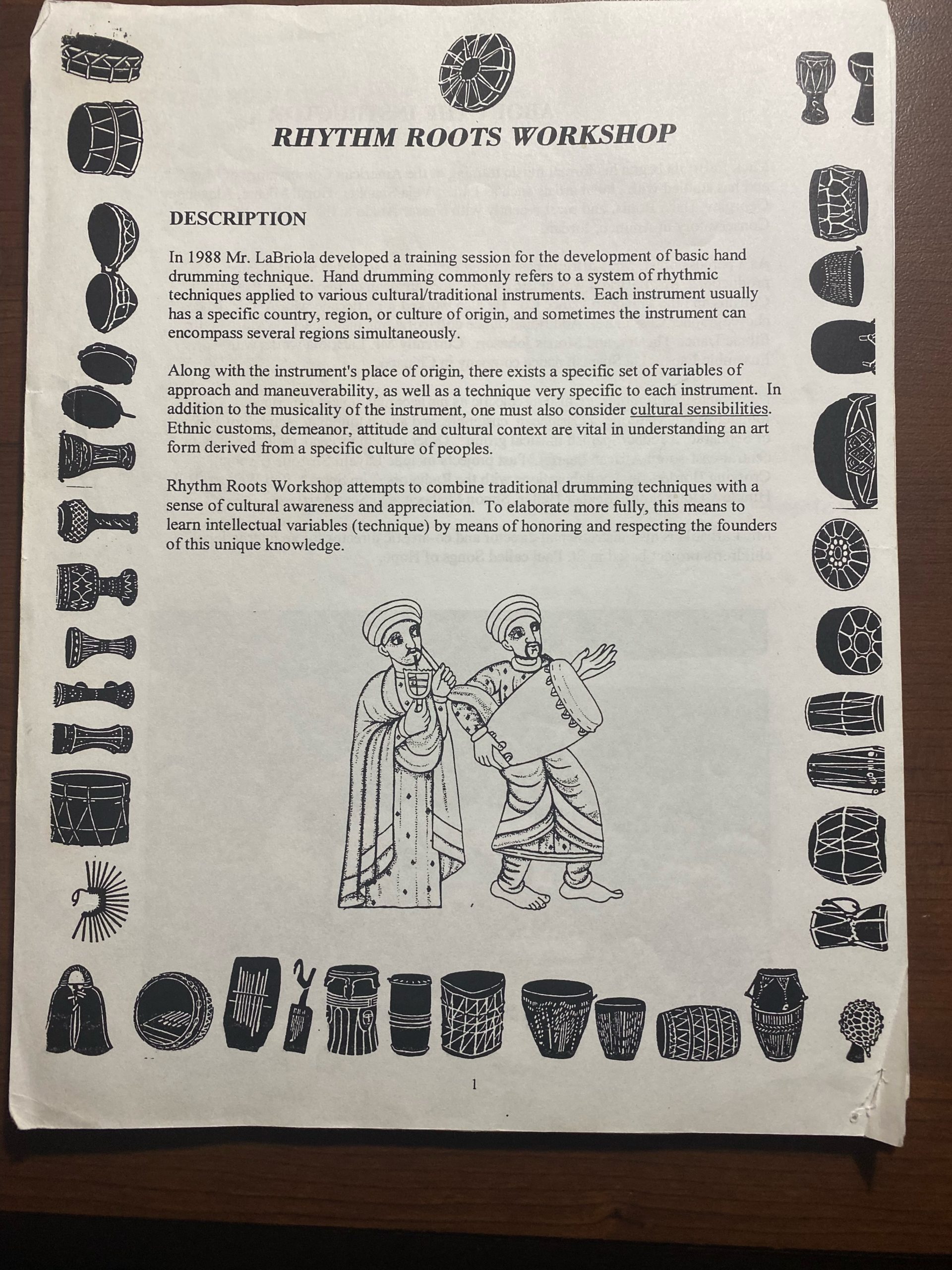
The Rosette Nebula (also known as Caldwell 49) is an H II region located near one end of a giant molecular cloud in the Monoceros region of the Milky Way Galaxy. The open cluster NGC 2244 (Caldwell 50) is closely associated with the nebulosity, the stars of the cluster having been formedfrom the nebula’s matter.
The complex has the following New General Catalogue (NGC) designations:
- NGC 2237 – Part of the nebulous region (Also used to denote whole nebula)
- NGC 2238 – Part of the nebulous region
- NGC 2239 – Part of the nebulous region (Discovered by John Herschel)
- NGC 2244 – The open cluster within the nebula (Discovered by John Flamsteed in 1690)
- NGC 2246 – Part of the nebulous region
The cluster and nebula lie at a distance of 5,000 light-years from Earth and measure roughly 130 light years in diameter. The radiation from the young stars excites the atoms in the nebula, causing them to emit radiation themselves producing the emission nebula we see. The mass of the nebula is estimated to be around 10,000 solar masses.
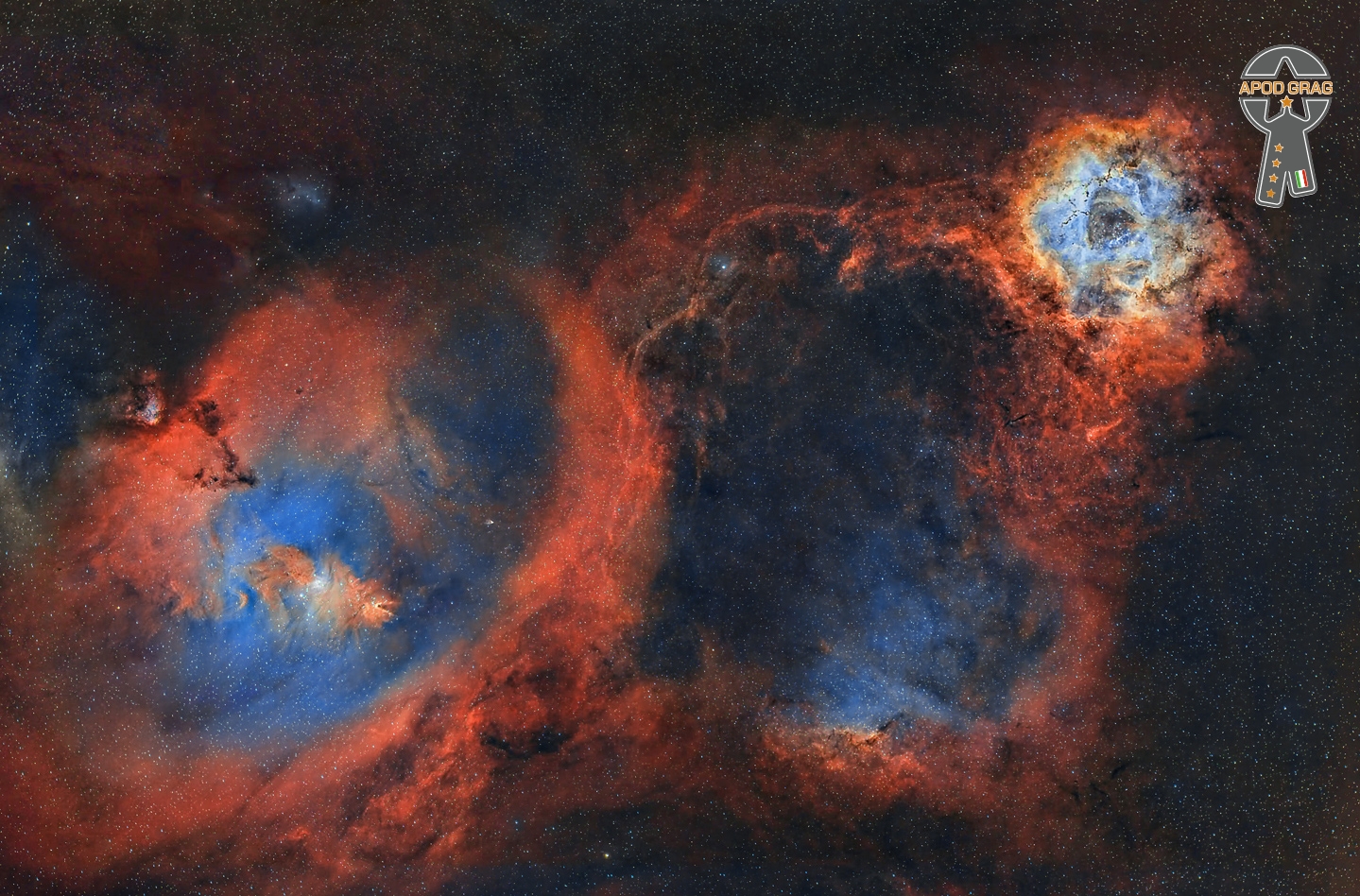
Albert Leornes Greene (born April 13, 1946), better known as Al Green, is an American singer, songwriter, pastor and record producer best known for recording a series of soul hit singles in the early 1970s, including “Take Me to the River“, “Tired of Being Alone“, “I’m Still in Love with You“, “Love and Happiness“, and his signature song, “Let’s Stay Together“. After an incident in which his girlfriend died by suicide, Green became an ordained pastor and turned to gospel music. He later returned to secular music.
Green was inducted to the Rock and Roll Hall of Fame in 1995. He was referred to on the museum’s site as being “one of the most gifted purveyors of soul music”. He has also been referred to as “The Last of the Great Soul Singers”. Green is the winner of 11 Grammy Awards, including the Grammy Lifetime Achievement Award. He has also received the BMI Icon award and is a Kennedy Center Honors recipient. He was included in the Rolling Stone list of the 100 Greatest Artists of All Time, ranking at No. 65,as well as its list of the 100 Greatest Singers, at No. 14.
Albert Leornes Greene was born on April 13, 1946, in Forrest City, Arkansas. The sixth of ten children born to Cora Lee and Robert G. Greene, Jr., a sharecropper, Al began performing with his sister in a group called the Greene Brothers at around the age of ten. The Greene family relocated to Grand Rapids, Michigan, in the late 1950s. Al was kicked out of the family home while in his teens, after his devoutly religious father caught him listening to Jackie Wilson. He then lived with a prostitute, began hustling and indulged in recreational drugs.
more...John William “Jack” Casady (born April 13, 1944) is an American bass guitarist, best known as a member of Jefferson Airplane and Hot Tuna. Jefferson Airplane became the first successful exponent of the San Francisco Sound. Singles including “Somebody to Love” and “White Rabbit” charted in 1967 and 1968. Casady, along with the other members of Jefferson Airplane, was inducted into the Rock and Roll Hall of Fame in 1996.
Casady was born in Washington D.C., the son of Mary Virginia (née Quimby) and William Robert Casady. His father was of half Irish Protestant and half Polish Jewish ancestry. His mother was a relative of aviator Harriet Quimby; some of her family had been in North America since the 1600s.
First playing as a lead guitarist with the Washington, D.C.-area rhythm and blues band The Triumphs, he switched to bass during his high school years, and while still underage (and with a forged I.D.) played the Washington D.C. club scene, backing artists such as Little Anthony and the Imperials.
more...Lawrence “Bud” Freeman (April 13, 1906 – March 15, 1991) was an American jazz musician, bandleader, and composer, known mainly for playing tenor saxophone but also able at the clarinet.
In 1922, Freeman and some friends from high school formed the Austin High School Gang. Freeman played the C melody saxophone with band members such as Jimmy McPartland and Frank Teschemacher. before switching to tenor saxophone two years later. The band was influenced by the New Orleans Rhythm Kings and Louis Armstrong. While Armstrong was in King Oliver‘s Creole Jazz Band, Freeman attended performances at Lincoln Gardens with McPartland. They were nicknamed “Alligators”.
In 1927, he moved to New York City, where he worked as a session musician and band member with Red Nichols, Roger Wolfe Kahn, Ben Pollack, and Joe Venuti. One of his most notable performances was a solo on Eddie Condon‘s 1933 recording, The Eel, which became Freeman’s nickname for his long snake-like improvisations. Freeman played with Tommy Dorsey‘s Orchestra (1936–1938) and Benny Goodman‘s band in 1938, before forming the Summa Cum Laude Orchestra (1939–1940). Freeman joined the U.S. Army during World War II and headed a U.S. Army band in the Aleutian Islands.
more...Tuesday April 12th 2022. Five Workshops culminating into a Thursday performance. 6th grade thru HS students. RTR Public Schools in Tyler, MN.
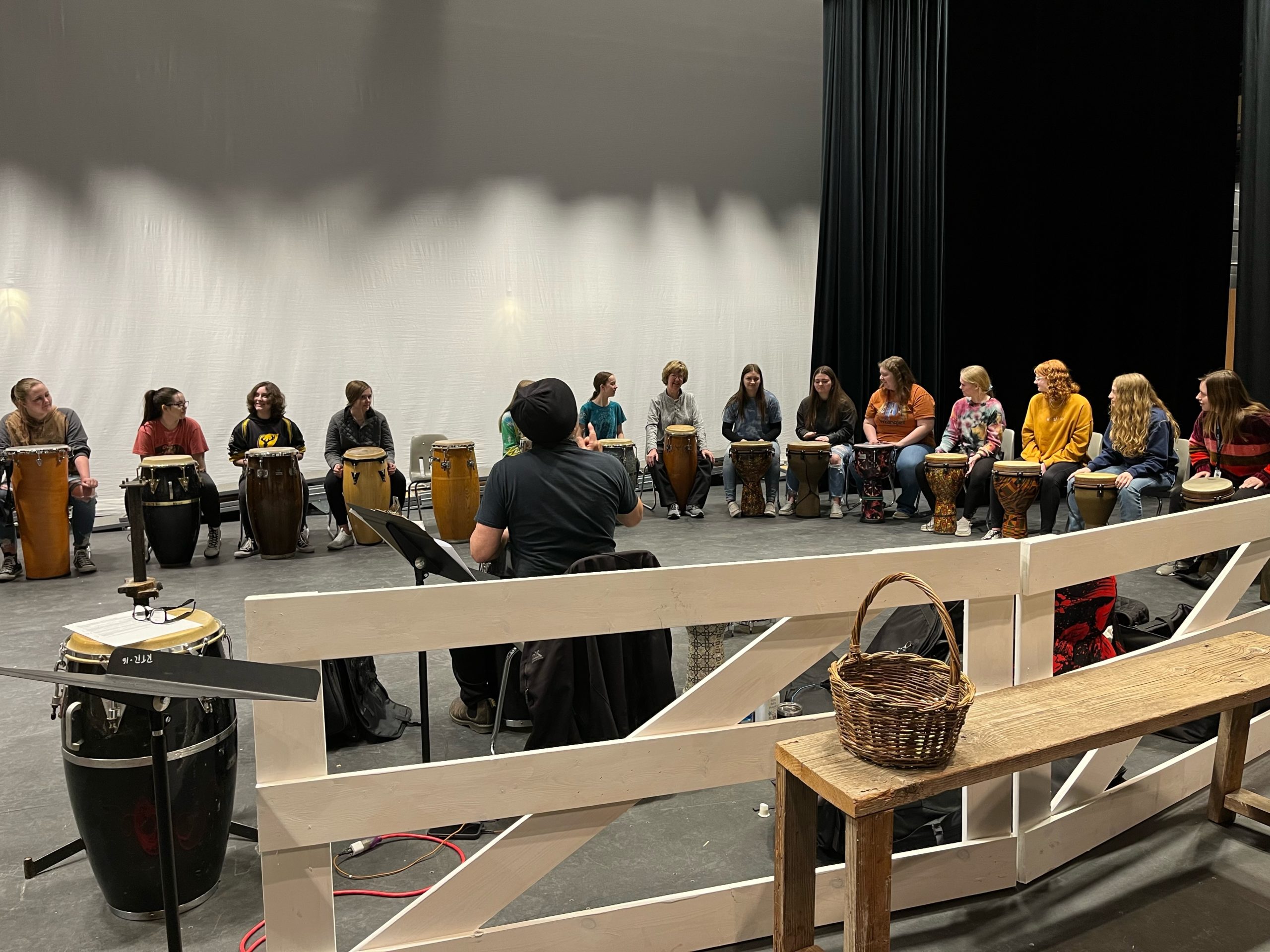
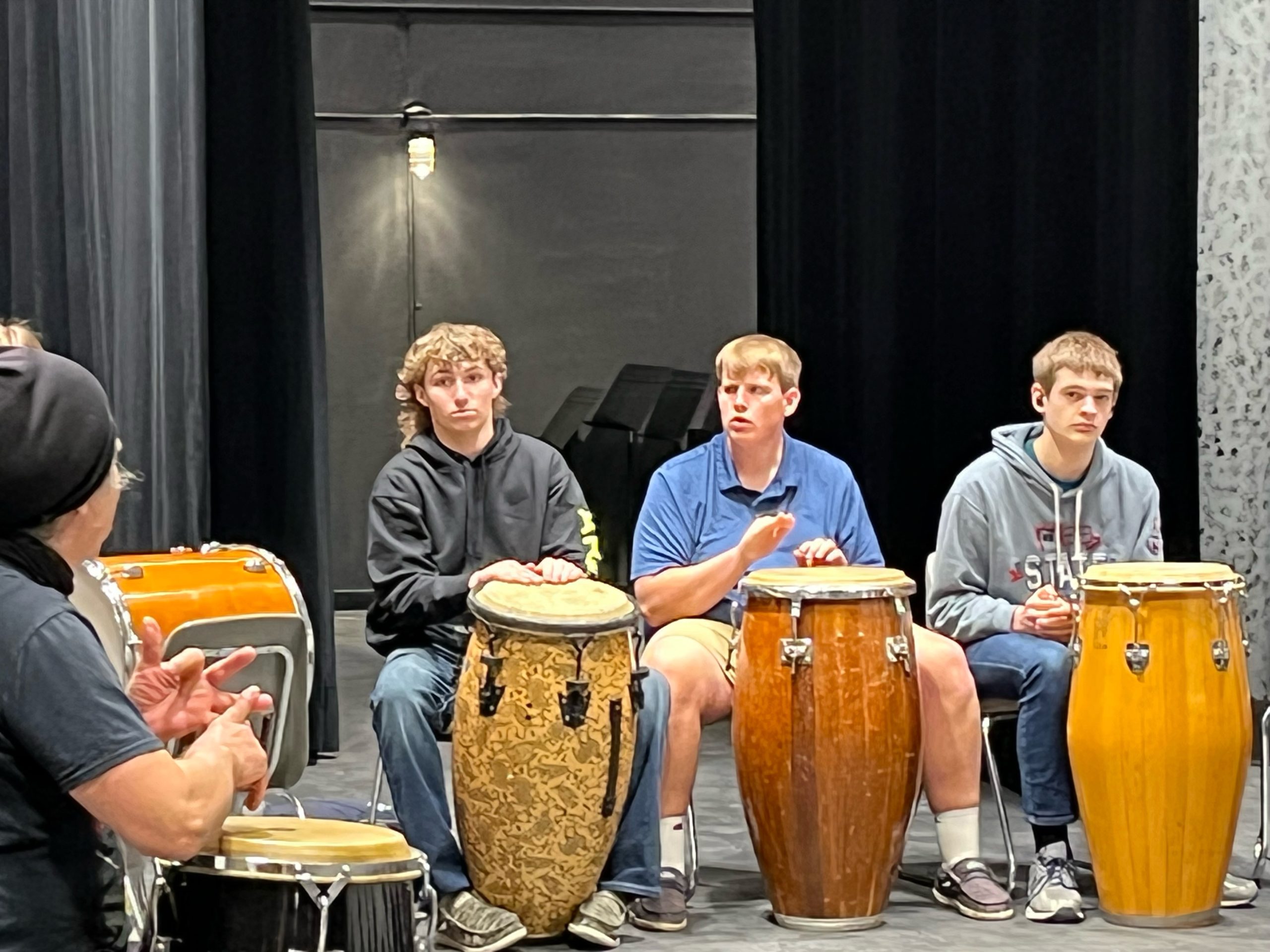
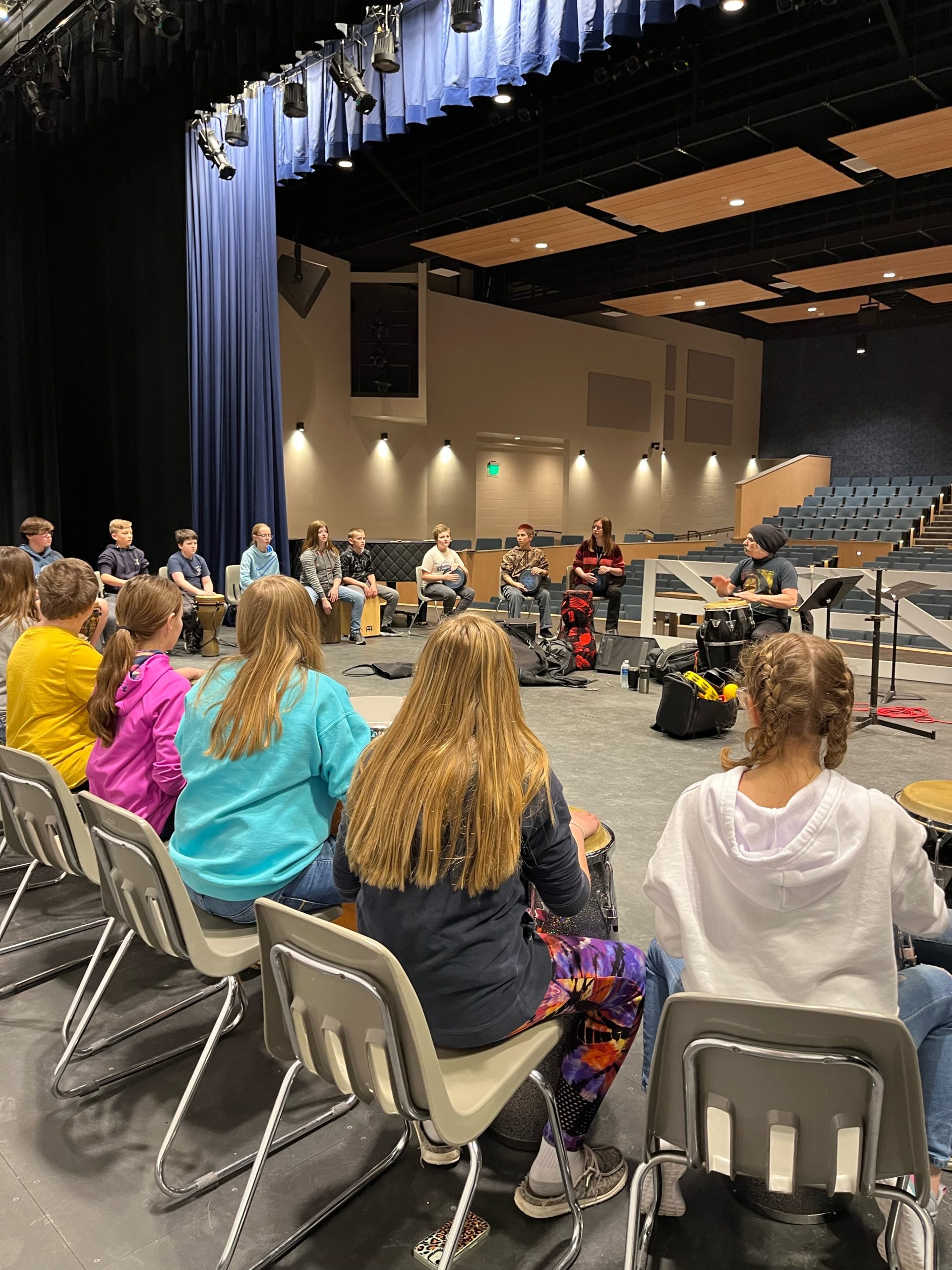
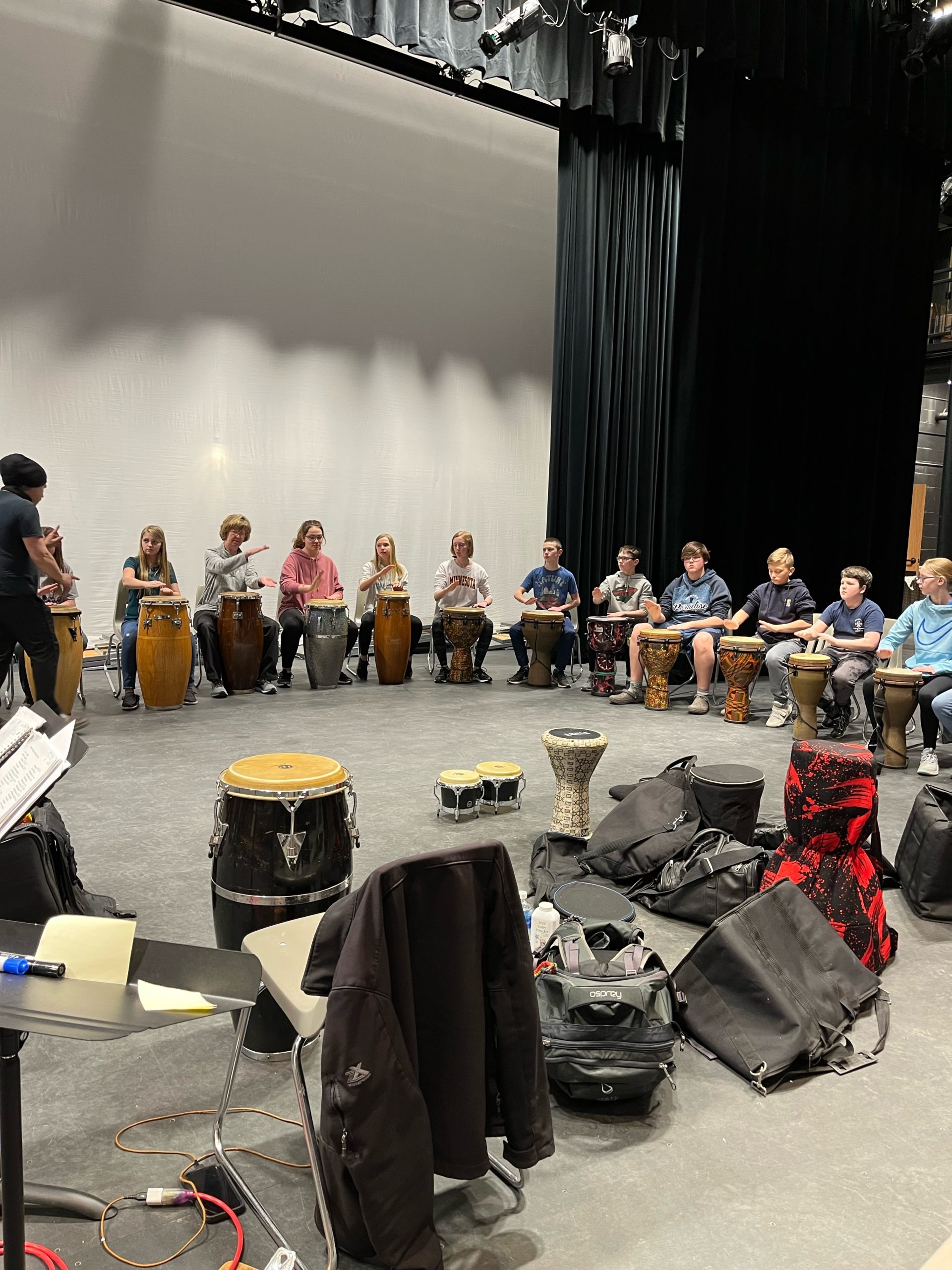
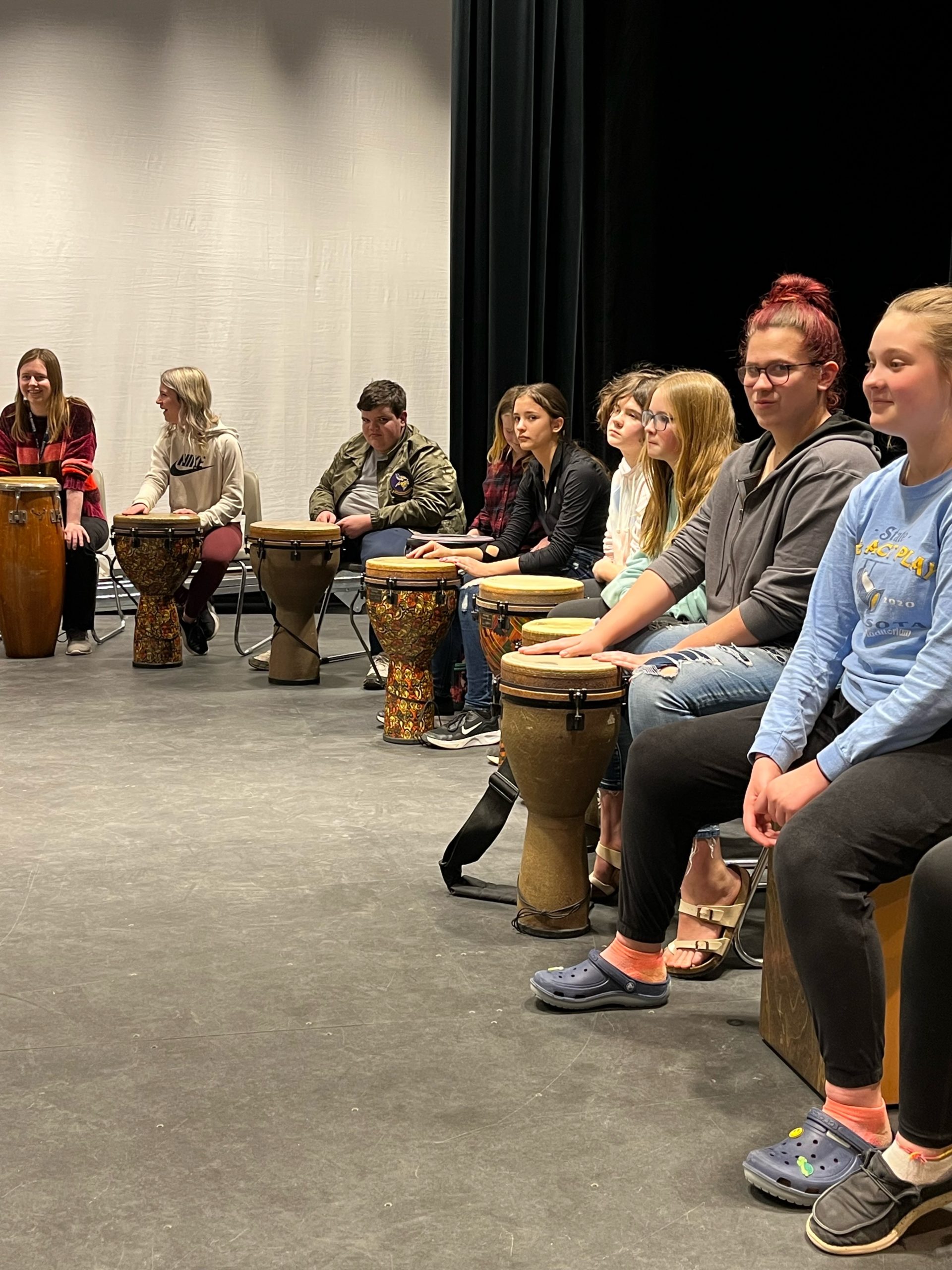
more...
Massive stars, abrasive winds, mountains of dust, and energetic light sculpt one of the largest and most picturesque regions of star formation in the Local Group of Galaxies. Known as N11, the region is visible on the upper right of many images of its home galaxy, the Milky Way neighbor known as the Large Magellanic Cloud (LMC). The featured image was taken for scientific purposes by the Hubble Space Telescope and reprocessed for artistry. Although the section imaged above is known as NGC 1763, the entire N11 emission nebula is second in LMC size only to the Tarantula Nebula. Compact globules of dark dust housing emerging young stars are also visible around the image. A recent study of variable stars in the LMC with Hubble has helped to recalibrate the distance scale of the observable universe, but resulted in a slightly different scale than found using the pervasive cosmic microwave background.
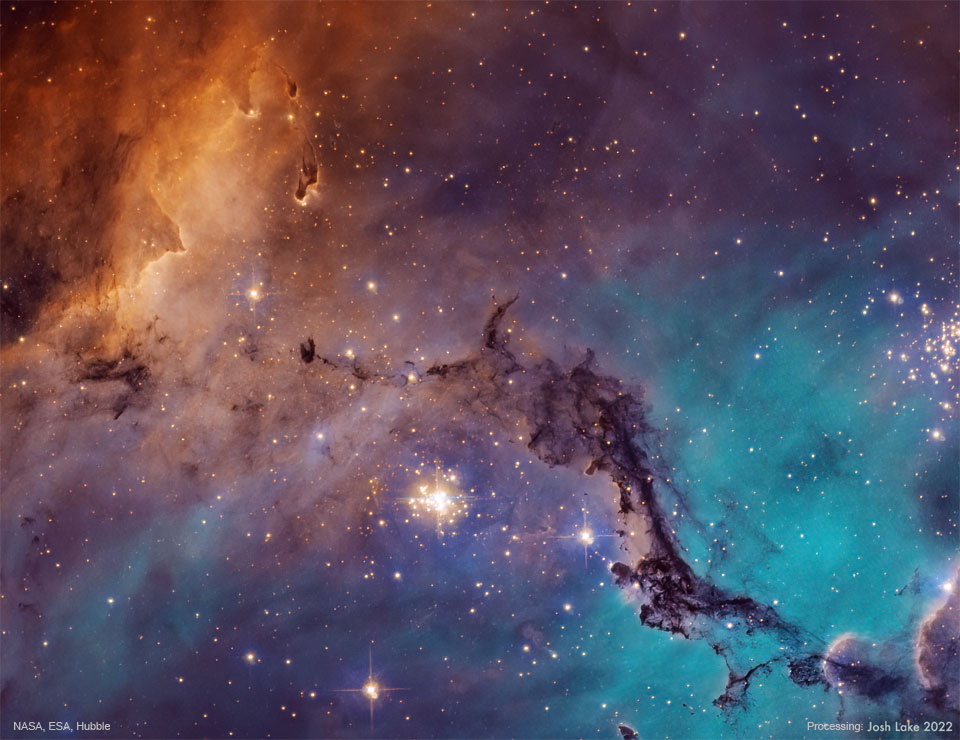
Herbert Jeffrey Hancock (born April 12, 1940) is an American jazz pianist, keyboardist, bandleader, composer, and occasional actor. Hancock started his career with trumpeter Donald Byrd‘s group. He shortly thereafter joined the Miles Davis Quintet, where he helped to redefine the role of a jazz rhythm section and was one of the primary architects of the post-bop sound. In the 1970s, Hancock experimented with jazz fusion, funk, and electro styles, utilizing a wide array of synthesizers and electronics. It was during this period that he released perhaps his best-known and most influential album, Head Hunters.
Hancock’s best-known compositions include “Cantaloupe Island“, “Watermelon Man“, “Maiden Voyage“, and “Chameleon“, all of which are jazz standards. During the 1980s, he enjoyed a hit single with the electronic instrumental “Rockit“, a collaboration with bassist/producer Bill Laswell. His 2007 Joni Mitchell tribute album River: The Joni Letters won the 2008 Grammy Award for Album of the Year, only the second jazz album to win the award after Getz/Gilberto in 1965.
Since 2012, Hancock has served as a professor at the University of California, Los Angeles, where he teaches at the UCLA Herb Alpert School of Music. He is also the chairman of the Herbie Hancock Institute of Jazz (formerly known as the Thelonious Monk Institute of Jazz until 2019).
Hancock was born in Chicago, the son of Winnie Belle (Griffin), a secretary, and Wayman Edward Hancock, a government meat inspector. His parents named him after the singer and actor Herb Jeffries. He attended Hyde Park High School. Like many jazz pianists, Hancock started with a classical music education. He studied from age seven, and his talent was recognized early. Considered a child prodigy, he played the first movement of Mozart‘s Piano Concerto No. 26 in D Major, K. 537 (Coronation) at a young people’s concert on February 5, 1952, with the Chicago Symphony Orchestra (led by CSO assistant conductor George Schick) at age 11.
more...James D. “Shakey Jake” Harris (April 12, 1921 – March 2, 1990) was an American Chicago blues singer, harmonicist and songwriter. He released five albums over a period of almost 25 years. He was often musically associated with his nephew Magic Sam.
James D. Harris was born in Earle, Arkansas, and relocated with his family to Chicago, Illinois, at the age of seven. He played in several Chicago blues ensembles in the late 1940s.He also worked as a mechanic and as a professional gambler (his nickname came from a dice players’ expression, “shake ’em”). His debut recording was the single “Call Me if You Need Me”, backed with “Roll Your Moneymaker”, released by Artistic Records in 1958, featuring Magic Sam and Syl Johnson on guitar and produced by Willie Dixon. Harris was not paid for the session, but he won $700 shooting craps with label owner Eli Toscano.
more...Theodore Roosevelt “Hound Dog” Taylor (April 12, 1915 – December 17, 1975) was a Chicago blues guitarist and singer.
Taylor was born in Natchez, Mississippi, in 1915, though some sources say 1917. He first played the piano and began playing the guitar when he was 20. He moved to Chicago in 1942.
Taylor had a condition known as polydactylism, which resulted in him having six fingers on both hands. As is usual with the condition, the extra digits were rudimentary nubbins and could not be moved. One night, while drunk, he cut off the extra digit on his right hand using a straight razor.
He became a full-time musician around 1957, but remained unknown outside the Chicago area, where he played small clubs in black neighborhoods and at the open-air Maxwell Street Market.He was known for his electrified slide guitar playing (roughly styled after that of Elmore James), his cheap Japanese Teisco guitars, and his raucous boogie beats. In 1967, Taylor toured Europe with the American Folk Blues Festival, performing with Little Walter and Koko Taylor.
more...RTR Public Schools, Tyler MN 5th grades thru High School. Four Day Residency with performance on Thursday. April 11th thru April 14th 815am-330pm Appreciating the Cultures of the World via Rhythm.
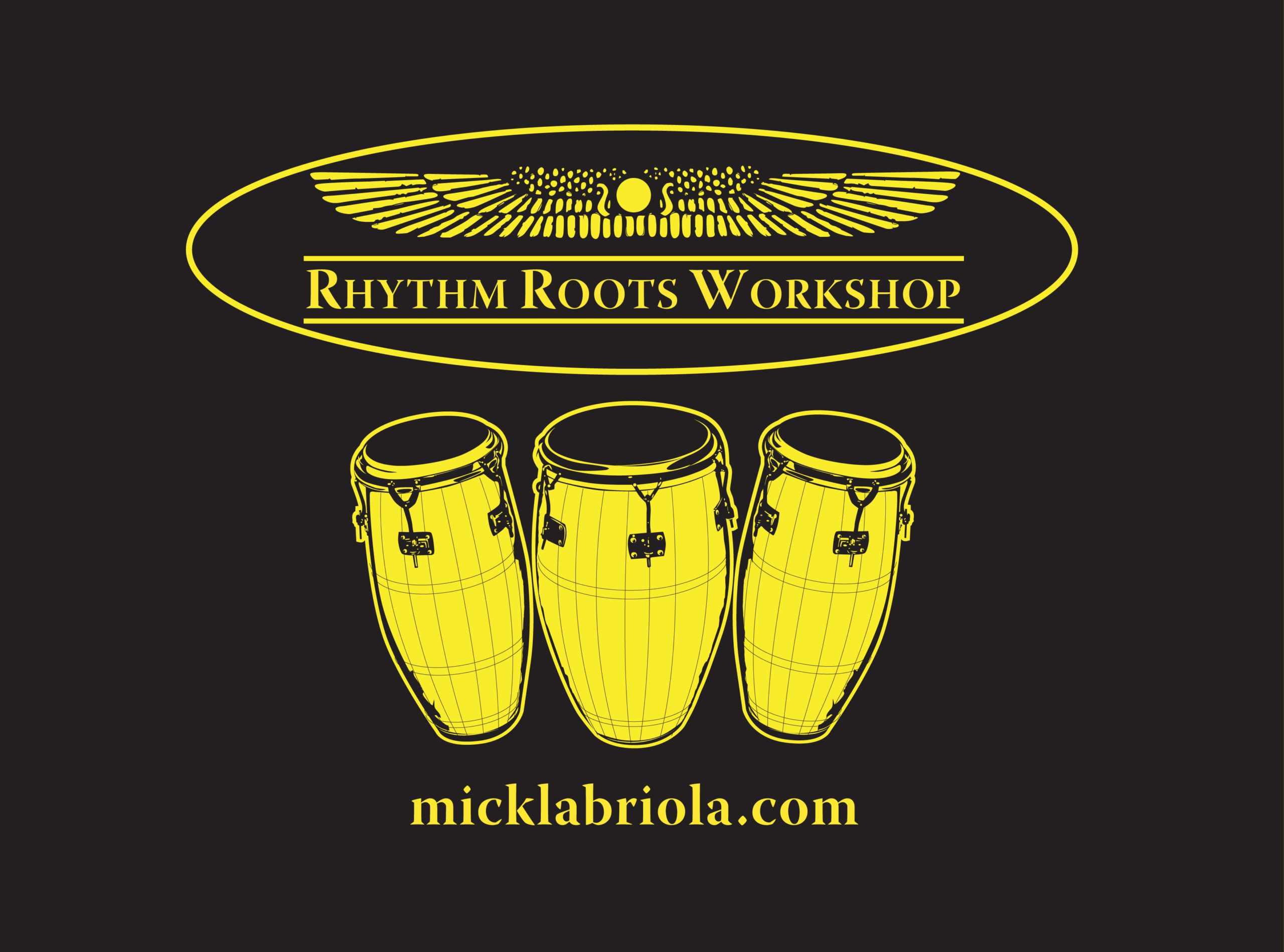
More Posts
- Ed Thigpen
- Earl Hines
- World Musi Amayo
- Daily Roots King Tubby
- Lasagna Napoli Christmas Eve 2024
- Rumi The Universe
- Lau Tzu Present
- Temple Israel Erev Shabbat Service
- Cosmo IRAS 20324+4057
- Terry Bozzio
- T.S. Monk
- Bill Crow
- Flamenco Fridays Paco de Lucia
- Daily Roots Cornell Campbell
- George Winston
- Happy Kwanzaa 2024
- Cosmos NGC 5643
- Glyn Johns
- Billy Bean
- John Scofield